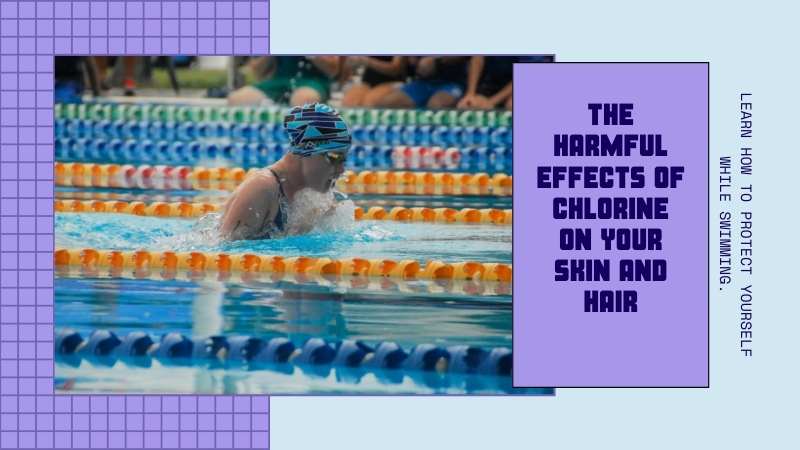
The chemical chlorine has been a part of daily intake. It has been so much in use that anybody hardly bothers its presence anymore. But this does not mean the ill effects of chlorine can be avoided or neglected. The use of chlorine is not limited to the swimming pool only. Let us have a clearer image of the whole scenario.
What is Chlorine
Chlorine is a poisonous gas that must be mixed with another component to exist in a usable form. The most usable form is Sodium Chloride, common salt. You must have now started counting how much salt you use on an average daily basis. About 1.9% of the mass of seawater makes up for chloride ions.
Uses of Chlorine
Salt cannot be avoided as it is the lifeline of any foodie. It’s easy availability, and affordable prices make it a good choice to be used over other chemicals. Chlorine is a major component of common salt. Besides its use in salt production, chlorine is also used in –
- manufacturing of plastics
- preparation of solvents used in for dry cleaning and textile industries
- Preparation of solvents used in metal degreasing and dyestuffs
- production of agrochemicals, insecticides, and pharmaceuticals products
- production of major household cleaning products
- Water treatment plants used for water purification
- as a disinfectant as it can kill bacteria (hence also used in supply water)
- as bleaching agent
- as a major war weapon due to its poisonous properties
Effects of Chlorine on Skin and Hair
You must be aware of the ozone layer depletion and know whose the primary cause is. So if chlorine in the presence of other chemicals can devastate the atmosphere and Mother Earth, how about our innocent, delicate skin? Chlorine can have serious ill effects on our skin and also hair. This is the primary reason why most cosmetics and beauty products do not have chlorine.
- Chlorine can speed the process of aging. So shall we stop the intake of salt at once or stop showering then and there? Chlorine will seep into or bodies. It causes extreme skin dryness, which accelerates the development of signs of aging on our skin.
- The same is the condition with our hair. Our hair tends to turn grey more easily and at a very early age. Drying of hair is a ubiquitous sign of chlorine exposure, though it cannot be blamed to be the only cause. Hair loss and balding are much more obvious.
Other Harmful Effects of Chlorine
- As already known, chlorine gas has high toxicity levels. It can irritate our respiratory system on exposure. If present within a poorly ventilated room, it tends to accumulate at the bottom. This occurs because chlorine gas is much heavier than air.
- In heavy presence, it may react with other flammable materials. It is a strong oxidizer.
- One can detect the presence of chlorine at about 0.2 parts per million (ppm).
- At 30 ppm, one may suffer from severe cough and vomiting, which may lead to lung damage at 60 ppm. At 30 ppm, the chlorine gas begins to react with cells and water in our body. This converts chlorine gas into HCl (hydrochloric acid) and HClO (hypochlorous acid).
- If the chlorine concentration reaches about 100 ppm, the results can be fatal.
- Chlorine can not irritate our respiratory system only; even our eyes can get affected.
- The various chlorine-containing molecules, such as chlorofluorocarbons, present in the upper atmosphere are a major cause of ozone layer depletion.